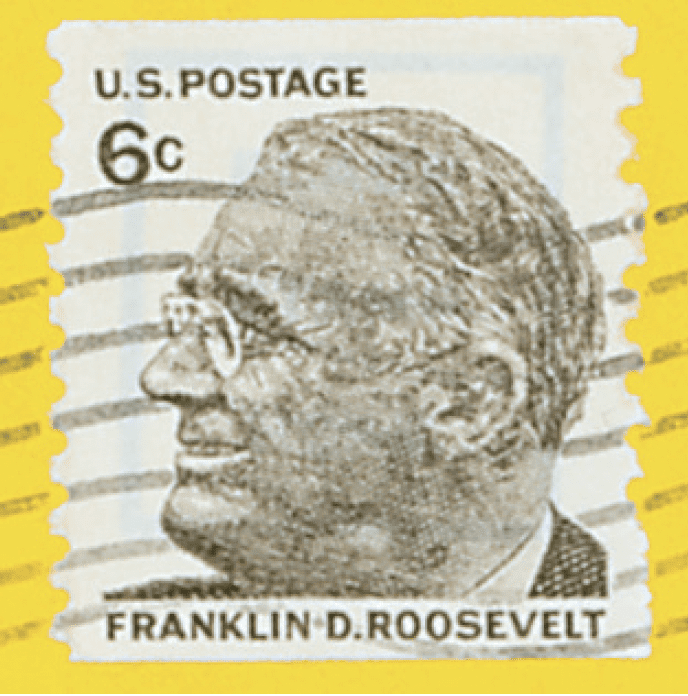How to Soak Stamps Off Paper
A great way to get stamps is from pieces of mail. Unless the envelope has a neat cancel you want to save, you’ll want to remove as much of the paper as possible. Here’s how you soak stamps off paper.

The following steps are helpful for removing water-activated (“lick and stick”) stamps from paper.
1. Put 3-4 inches of cold water in a sink or other container. Do not use hot or warm water – some ink or envelope colors will run in warmer water.
2. Be sure to separate any stamps with heavy black or red cancellations along with those attached to bright or dark-colored paper. Because the inks and dyes may bleed, these stamps must be soaked individually and removed from the water promptly.
3. Place the stamps face down in the water. It’s possible to put as many as 50 stamps in the water at once. If you’re soaking sheets you can soak 20-25 at once, but place them in the water one at a time, making sure each one becomes thoroughly wet before adding the next one.
4. Spread the stamps out and gently press them into the water so that it will soak through the paper. Leave them to soak for at least 10 to 15 minutes – time will vary due to the differences in stamp gum.
5. After 10 minutes or so, check the stamps. The gum should have loosened and the stamps started to float off. Some stamps will sink and some will float. It is very important to remove the stamps promptly after they have come off the paper. If left in the water for a prolonged period of time the stamp paper may begin to weaken.
6. Gently remove the paper (pieces of envelopes) and look at both sides to make sure no stamps are stuck to it.
7. After you have removed all the paper from the water, most of the stamps will be at the bottom of the sink or container. Discard the blank scraps of paper.
8. Gently run your fingers along the bottom and come up under the stamps, catching them in a net fashion. Place these stamps in rows, face down, on blotters (waxed paper, white construction paper, paper towels or any other white, unprinted paper surface) being careful not to overlap them. (Overlapping stamps could cause them to permanently stick to each other, thus destroying them.)
9. Placing a heavy object like a book on top of the stacked layers of paper and stamps will help keep your stamps from curling. It will take a lot longer for the stamps to dry.
10. When this batch of stamps is done, start over with a fresh container of water.
Note: To remove paper from a sheet or strip of stamps, the entire item must be soaked. If the stamps have water-activated gum they will remain attached to one another after soaking.
Self-adhesive stamps will always be on some form of backing paper*, whether it be the original paper the stamp came on (for mint stamps) or an envelope that went through the mail (for used stamps). In either case, to add a self-adhesive stamp to your album, take a pair of good sharp scissors and trim around the stamp beyond the tips of the perforations, as close to the perfs as possible without cutting into them. Ideally, you’ll have 1 mm or less of space between the edge of the perforations and the edge of the backing paper/envelope. You can then put them into the appropriate mount as usual (for help finding the right mount size, check out our Mount page).
*We do not recommend attempting to soak off self-adhesive stamps. While it can be done using certain chemicals, these can be hazardous to your health if not used in a well-ventilated area, or can damage the stamps. It’s much safer to simply trim off the excess paper and use a slightly larger mount than might otherwise be needed.
